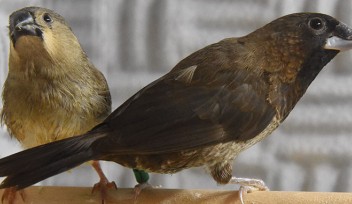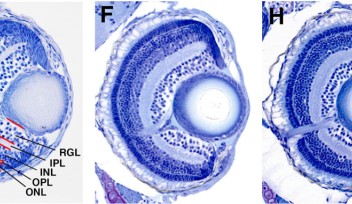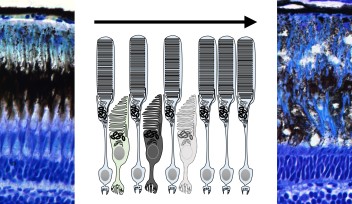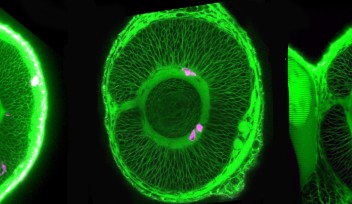Warming Up to a New Method

The old saying is “if it’s not broken, don’t fix it,” but sometimes, especially in science, it’s worth reviewing old methodologies to see they’re keeping up with the rapidly advancing technological age in which we live. In a paper just accepted for publication and available online in the open-access journal, Frontiers in Cellular Neuroscience, two OIST researchers, Shiwei Huang and Marylka Yoe Uusisaari, of the Computational Neuroscience Unit and the Optical Neuroimaging Unit, respectively, have demonstrated a technique for brain dissection and slicing that allows researchers to investigate the properties of neurons in older tissues – a feat that has proven nearly impossible until now. The method will facilitate the study of certain regions of the brain associated age-related diseases and the practice of opto-genetics in neuroscience – a technique that is widely used to observe the activity of neurons over time, but has been hindered by the difficulty with studying older tissues.
Traditionally, in order to investigate the chemical, electrophysiological or anatomical properties of neurons, scientists cool down tissue to around 4°C. At this temperature, the tissue is preserved for long enough to dissect and slice. For some areas of the brain and with young tissue, this method works well. However, researchers encounter problems when they want to study these properties in older tissues, which often become damaged during the cooling process.
By warming the preserving solution used during brain dissection and slicing to near body temperature (~ 34°C), Huang and Uusisaari found that they could preserve the neurons in older tissue in a much healthier state then when using the conventional cold-dissection method. The warm method also worked just as well as the conventional method when dissecting and slicing young tissues. Additionally, the researchers used a newly developed machine that limits the vibrations of the blade, which facilitated making cross sections of the brain at warmer temperatures.
“By tweaking the dissection technique to maximize the capabilities of the technology we have available at OIST, we can now routinely investigate mature and even old neurons,” says Huang.
Research Units
For press enquiries:
Press Inquiry Form

















